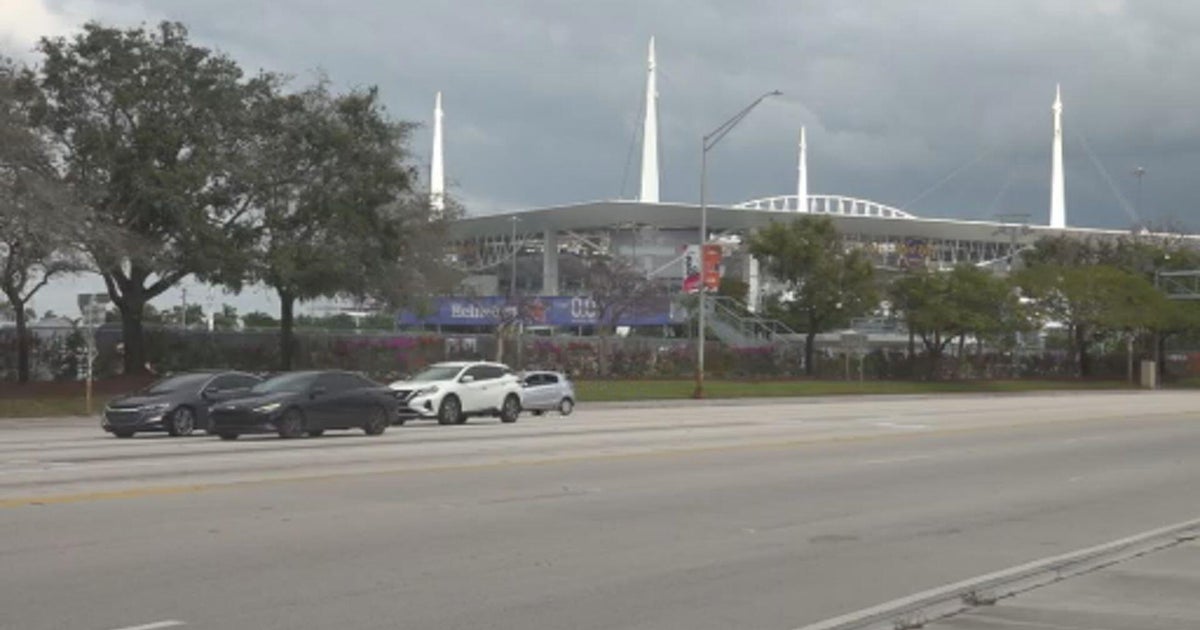CRAWFORDVILLE – The time to prepare is over as residents in the path of Hurricane Helene in northwest Florida evacuated or hunkered down on Thursday.
With Hurricane Helene feared to become a “nightmare” scenario of catastrophic storm surge in northwestern Florida, the National Weather Service office in Tallahassee urged residents to “please, please, please take any evacuation orders seriously. Helene is expected to cause significant damage hundreds of miles inland across much of the southeastern U.S.
Helene was upgraded to a major Category 3 storm Thursday afternoon ahead of its expected evening landfall on Florida’s northwestern coast. Hurricane and flash flood warnings extend far beyond the coast up into south-central Georgia.
Philip Tooke, a commercial fisherman who took over the business his father founded near the region’s Apalachee Bay, plans to ride out this storm like he did during Hurricane Michael and the others – on his boat. “This is what pays my bills,” Tooke said of his boats. “If I lose that, I don’t have anything.”
Many, though, were heeding the mandatory evacuation orders that stretched from the Panhandle south along the Gulf Coast in low-lying areas around Tallahassee, Gainesville, Cedar Key, Lake City, Tampa and Sarasota.
Among them was Sharonda Davis, one of several gathered at a Tallahassee shelter worried their mobile homes wouldn’t withstand the winds. She said the hurricane’s size is “scarier than anything because it’s the aftermath that we’re going to have to face.”
Federal authorities were staging search-and-rescue teams as the National Weather Service office in Tallahassee forecast storm surges of up to 20 feet and warned they could be particularly “catastrophic and unsurvivable” in Apalachee Bay. It added that high winds and heavy rains also posed risks.
“Please, please, please take any evacuation orders seriously!” the office said, describing the surge scenario as “a nightmare.”
This stretch of Florida known as the Forgotten Coast has been largely spared by the widespread condo development and commercialization that dominates so many of Florida’s beach communities. The region is loved for its natural wonders — the vast stretches of salt marshes, tidal pools and barrier islands; the dwarf cypress trees of Tate’s Hell State Forest; and Wakulla Springs, considered one of the world’s largest and deepest freshwater springs.
Anthony Godwin, 20, found one gas station outside Crawfordville where the tanks were still running Thursday morning to fill up before heading west toward his sister’s house in Pensacola.
“It’s a part of life. You live down here, you run the risk of losing everything to a bad storm,” said Godwin, who lives about a half-mile from the water in the coastal town of Panacea. During Hurricane Michael in 2018, Godwin said the water came up to the end of the driveway of his family’s home.
Along Florida’s Gulf Coast, school districts and multiple universities have canceled classes. Airports in Tampa, Tallahassee and Clearwater were closed Thursday, while cancellations were widespread elsewhere in the state and beyond.
It was already starting to be felt Thursday afternoon, with tropical storm force winds hitting the state and water lapping over a road on the northern tip of Siesta Key near Sarasota.
With forecasters also warning of tornadoes, damaging winds and mudslides, the governors of Florida, Georgia, the Carolinas and Virginia have all declared emergencies, as did President Joe Biden for several of the states. He is sending the head of the Federal Emergency Management Agency to Florida on Friday to view the damage.
Florida Gov. Ron DeSantis said Thursday morning that models suggest Helene will make landfall further east, lessening the chances for a direct hit on the capital city of Tallahassee, whose metro area has a population of around 395,000.
The shift has the storm aimed squarely at the sparsely-populated Big Bend area, home to fishing villages and vacation hideaways where Florida’s Panhandle and peninsula meet. Shuttered gas stations dotted the two-lane highway, their windows boarded up with plywood.
Helene was about 195 miles southwest of Tampa on Thursday afternoon and moving north-northeast at 16 mph with top sustained winds of at least 110 mph in the 2 p.m. EDT update.
While Helene will likely weaken as it moves inland, damaging winds were expected to extend to the southern Appalachian Mountains, where landslides were possible, forecasters said. The center posted lesser tropical storm warnings as far north as North Carolina, and warned that much of the region could experience prolonged power outages and flooding.
The storm formed Tuesday in the Caribbean Sea.
Helene is forecast to be one of the largest storms in breadth in years to hit the region, said Colorado State University hurricane researcher Phil Klotzbach. He said since 1988, only three Gulf hurricanes were bigger than Helene’s predicted size: 2017’s Irma, 2005’s Wilma and 1995’s Opal.
Helene is the eighth named storm of the Atlantic hurricane season, which began June 1. The National Oceanic and Atmospheric Administration has predicted an above-average Atlantic hurricane season this year because of record-warm ocean temperatures.



